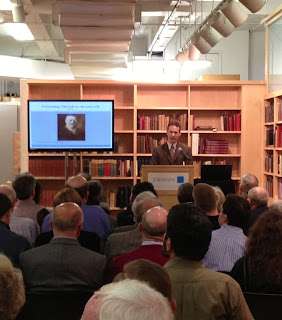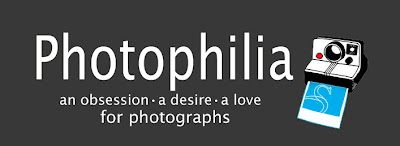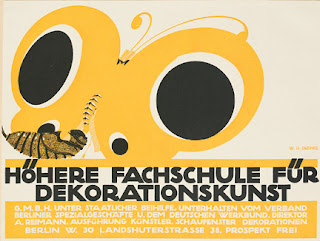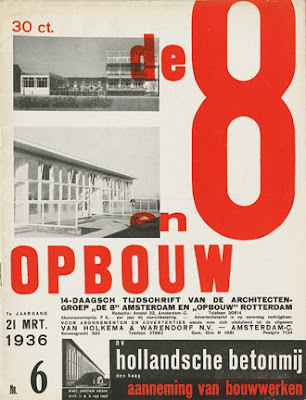In this digital era we take for granted the ability to create a panoramic view of a setting--there's even an app for that. But, back in the late 19th century, creating such a photograph involved toting heavy camera equipment, glass plate negatives, and a tripod up to a strategic vantage point. For Joshua Beal, working in the 1860s and 70s, that involved climbing the 30 flights of stairs in the Brooklyn-side tower of the then incomplete Brooklyn Bridge, to create a never-before-seen sweeping panorama of lower Manhattan's landmarks and commercial activity along the East River. A recent New York Times column highlighted interest in these images among "panoramaniacs."
The result of Beal's efforts, his January 1876 Photographic View of New York, captured landmarks such as Trinity Church, the Western Union Building, St. Paul's Chapel, the new Post Office, the Tribune Building, and the immediately recognizable New York Tower of the Brooklyn Bridge, later completed in 1883.
In October 2012, Swann auctioned a monumental five-part panorama measuring more than seven feet long for $96,000. Another version, this one consisting of three albumen prints, is featured in the upcoming Fine Photographs auction on February 26. It was originally in the collection of John Daniel Crimmins, former Commissioner of Public Parks and a partner in the Crimmins Construction Co.
The result of Beal's efforts, his January 1876 Photographic View of New York, captured landmarks such as Trinity Church, the Western Union Building, St. Paul's Chapel, the new Post Office, the Tribune Building, and the immediately recognizable New York Tower of the Brooklyn Bridge, later completed in 1883.
In October 2012, Swann auctioned a monumental five-part panorama measuring more than seven feet long for $96,000. Another version, this one consisting of three albumen prints, is featured in the upcoming Fine Photographs auction on February 26. It was originally in the collection of John Daniel Crimmins, former Commissioner of Public Parks and a partner in the Crimmins Construction Co.



























































